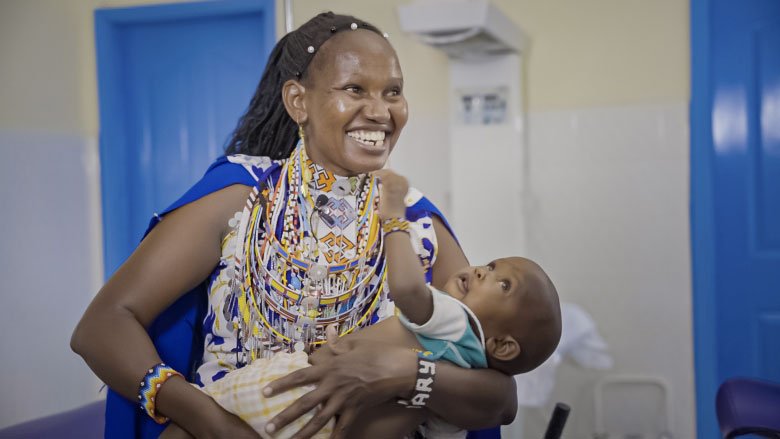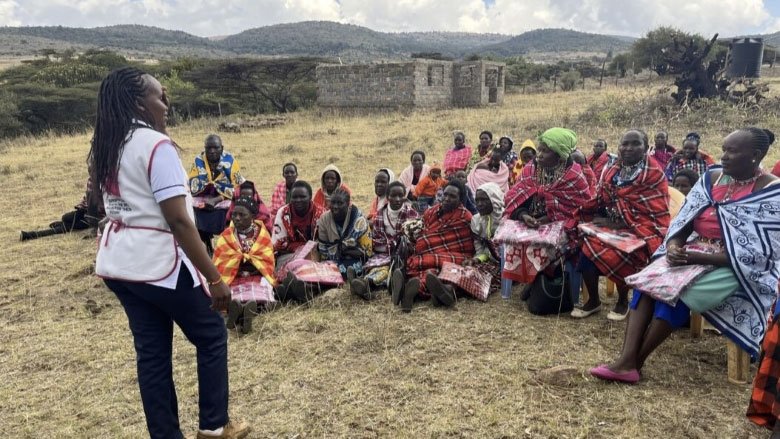The hallway of the Shompole Dispensary—a primary health care center in rural Kenya—buzzes with women and children. In the newly renovated maternity wing, mothers breastfeed their newborns and the midwives are busy making sure everyone is well taken care of. Outside, community health promoters meet with families to provide advice on family planning, nutrition, and immunization.
Not long ago, the same health center looked dramatically different. The maternity wing lacked beds and equipment and faced shortages of both medicines and skilled medical staff. This made it difficult to provide safe and effective health services to the community.
While health outcomes in rural clinics have been improving across Kenya, the pace of progress has been slow, especially in remote areas still lagging behind the national average. Efforts under the Transforming Health Systems for Universal Care Project (THS-UCP), led by Kenya’s government, in partnership with the World Bank’s International Development Association (IDA), the Global Financing Facility for Women, Children and Adolescents (GFF), and Japan’s International Cooperation Agency and other partners have helped narrow this gap.
Investing in primary care at the community level
Janeffer Sarinke, a mother and health promoter in Shompole, notes that a few years ago her community could not easily access health services. Located in one of the most arid parts of Kenya, her village is particularly vulnerable to climate and economic shocks. Prolonged droughts have resulted in a loss of crops and livestock, which are the main sources of income for many families. This made it more difficult for her to spend money on transportation to visit the nearest health facility, more than 20 kilometers away. Many women were giving birth at home, which often resulted in serious health complications, and children missed critical vaccinations.
But with the renovated maternity wing and more skilled nurses available in the dispensary, things have changed.
“I am happy with the new health services introduced to my community. Even if we come at 2 a.m., we find doctors who provide us with very good care,” Janeffer says.
With project support, the government launched a program that trains community health promoters to share information about good health practices, including family planning.
Janeffer is one of them.
“In the past, we did not have enough knowledge of family planning,” she says. “Now, women and adolescent girls know their options and are empowered to seek proper care and go on to complete their education and raise healthy families.”
The Shompole Dispensary is one of many health centers providing quality services to communities across the vast county of Kajiado. Over the past few years, the county has gone from having less than 10 health centers to about 154, with visible impact. Between 2014 and 2022, deliveries in institutions countywide have jumped from 62 to 85%, while use of modern contraceptives has increased from 45 to 57%. In 2022, access to pre- and post-pregnancy care and nutritional care to reduce stunting has passed the national average.


